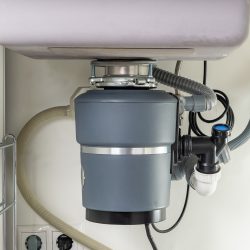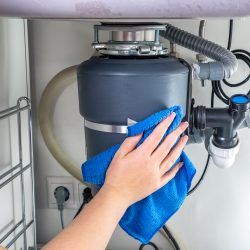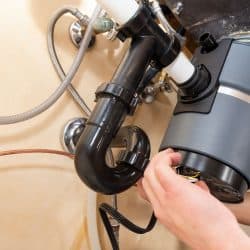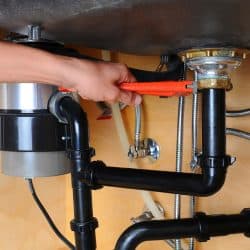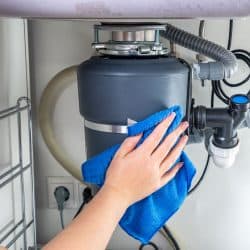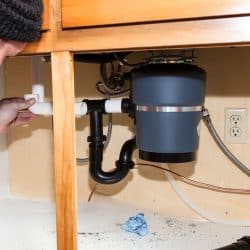Installing new plumbing is always a bit of a challenging job. You have to be aware of all the mechanical workings and all the plumbing regulations. When installing a new garbage disposal, you might wonder if you need to install a P-trap? Well, we have researched the subject for you down below and answered this question for you.
Most plumbing codes require that all drains have a P-trap applied to their plumbing. These include not only garbage disposals but also shower and tub and sink drains as well.
P-traps are essential as they contain debris and keep sewer gas from wafting into buildings and homes. Trying to do without one is going to lead to several problems.
There are a lot of essential factors that go into your plumbing, including your P-trap. Continue reading down below as we discuss the importance of having a garbage disposal P-trap and more.
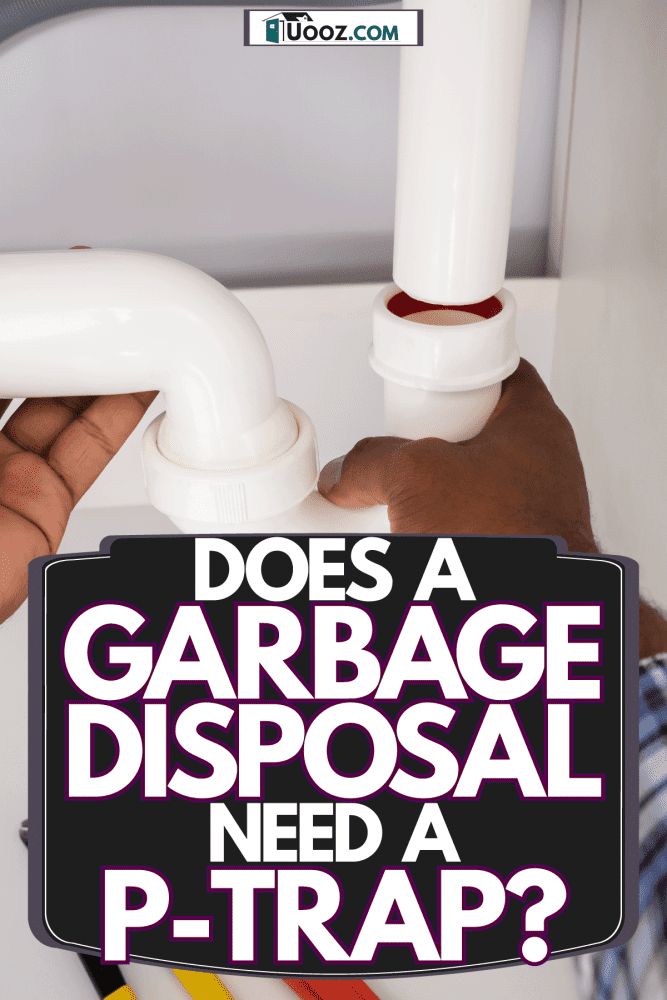
Why does your garbage disposal require a P-trap?
Like the other drains in your home, your garbage disposal requires a P-trap because of the safety and health benefits. A P-trap does several things when incorporated into your plumbing, from trapping debris and grime to keeping sewer gasses from entering your home. We'll go into a little more detail on these benefits now.

Holding debris
The P-trap holds debris and keeps it from regurgitating up into your pipes, generally without clogging troubles. Most of the debris found in your garbage disposal is water-soluble. This means your pipes should be able to keep free of clogs with the proper amount of free-flowing water.
Sometimes, material that isn't water-soluble clogs up the pipes, like hair, for example. In this case, you can try plunging your P-trap yourself.
You usually can remove P-traps yourself, catching the water in the pipes with a bucket underneath. It doesn't take any specific tools to remove the P-trap, and you need to unscrew the compression nuts at the trap's mouth and the outlet. This should be enough to remove any clogs from your P-trap.
Stops sewer gases from entering the home
The other significant benefit of having a P-trap on your garbage disposal is that it will keep any toxic gases from entering your house through your pipes.
The inverted P shape of the P-trap holds a seal of water that seals flammable and unsanitary gases away from home. These gases can include methane, hydrogen sulfide, ammonia, and more. Prolonged exposure to any of these gases can lead to health issues like headaches, fatigue, and loss of appetite.
If you get a rotten egg smell coming from your pipes, call in a professional. It's likely a sign of a chemical issue, and you'll want to get it taken care of as soon as possible.
How do you attach a P-trap to a garbage disposal?
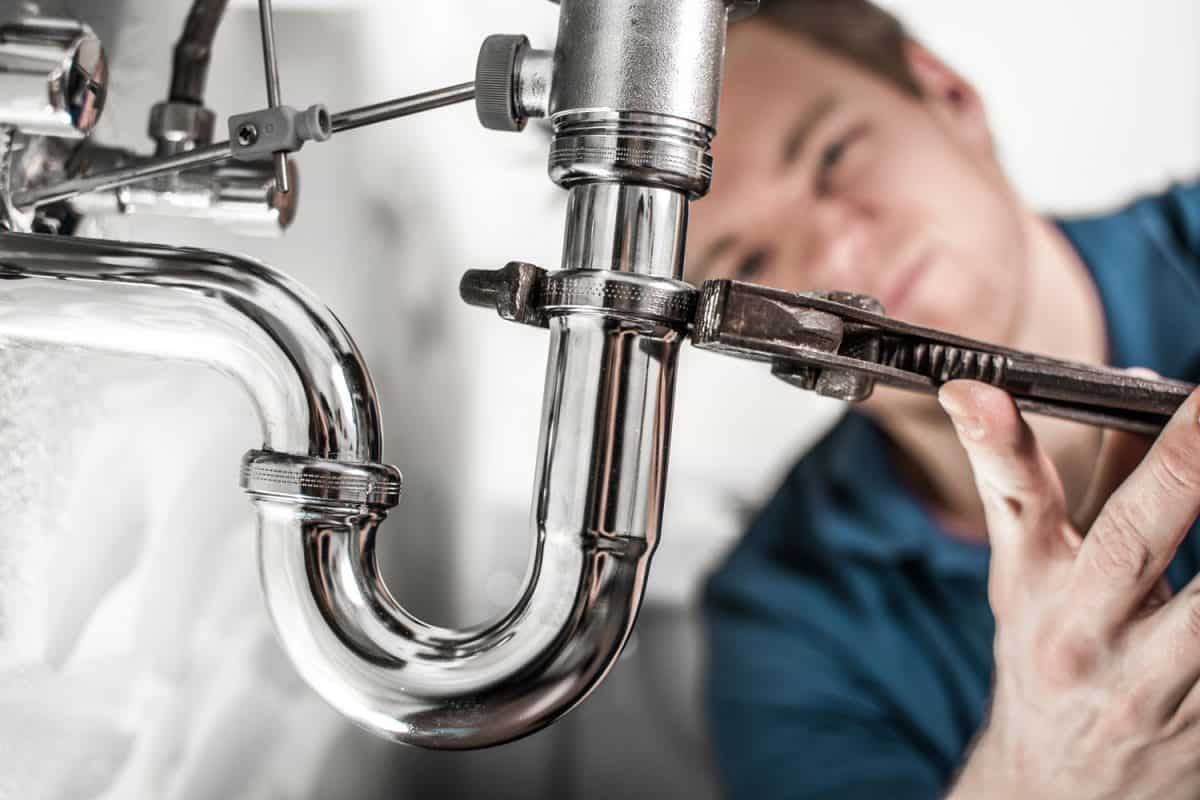
Attaching a P-trap to the garbage disposal is a relatively simple job, provided you know what you're doing. The drain outlet on the garbage disposal is usually mounted on the side, and when you install the disposal by hooking it onto the bracket connected to the sink, the outlet must face in the direction of the drain.
From this point on, there are things to keep in mind when installing a trap.
If the line is infrequently used, make sure to apply a trap primer. This will help keep the seal that prevents the passage of sewer gas in place. Infrequently used P-traps risk having the water used to seal the pipes evaporate.
In a cabinet with two or three sinks, a single trap can serve all of them. In this case, a horizontal pipe runs from the garbage disposal to a tee to which the other sink drains are also connected. A pipe then runs from the tee to the trap.
Make sure you don't install the P-trap backward, as this severely impacts its ability to work. The outlet end of the trap should be lower than the inlet when installed properly.
Typical building codes set the minimum trap seal at two inches and the maximum at around four inches. Any less than two inches does not provide adequate protection against gas pressure penetrating the seal. Any more than four inches and the trap is more likely to clog.
Read now on KitchenSeer.com: 'How High Should Kitchen Sink Drain Be From the Floor?'
What is the vent for on a garbage disposal?
The 'vent' commonly referred to on a garbage disposal refers to the air gap. Air gaps protect the dishwasher from the backflow of dirty water. If you do not have your dishwasher attached to your garbage disposal, you do not need this vent. The presence or absence of the gap does not affect how the sink drains.
If you do have a dishwasher attached, an air gap is all but a necessity. Food will eventually get caught in the drain no matter how clean you are. When it does, you're prone to suffering not only flooding but contamination. Save yourself the trouble and install an air gap if needed.
How do you clean a garbage disposal vent?
If you notice some foul smells or water squirting from your garbage disposal's vent, it's time to look into doing some cleaning. We mentioned all the sanitary and functional reasons it's so important to keep your air-gap clean if you have one. So let's get into how best to clean out your air gap when you notice it's run foul.
Knockout plug removal
One of the more common reasons for air gap clog is the failure to remove the knockout plug from the input where the water line enters the garbage disposal. This blocks the water from entering and causing a backup.
To solve this, detach the water line from the garbage disposal, insert a screwdriver into the input, and tap it with a hammer to knock the knockout plug out. Make sure to remove the plug before using the garbage disposal again.
Softer and smaller clogs
For softer clogs, you can try a simpler approach. Pop the cap off the vent and place a cardboard tube from a roll of paper towels over the hole. Blow with a good amount of force, and any material should come loose. If that doesn't work, you can use a long bottle brush to remove any debris.
To use the bottle brush, extend it down the air gap (not the dishwasher line, but the line leading into the disposal) and twist it until the debris comes loose.
A wet/dry vac is another alternative for the bottle brush. Just place the hose nozzle over the air gap and wait forty seconds to a minute for the debris to dislodge. At that point, your air gap should be clog-free.
If, for some reason, your clog requires more effort than you can manage, call a professional as soon as possible. The longer you leave dirty water backed up and your pipes clogged, the more risk you run.
Read now on KitchenSeer.com: 'Do Integrated Dishwashers Need a Cabinet?'
Do all sinks have P-traps?
As mentioned above, all appliances with water seals should be equipped with either an external or internal P-trap for your own health and safety. Each of your sinks should have a P-trap attached to it, though sinks sharing a single cabinet space can share P-traps. Along with the benefits we listed, there is another great reason to install P-traps in all your sinks.
Many of us have experienced the agony of losing a beloved ring or necklace down a drain or garbage disposal. Without the benefit of the P-trap and its distinctive curved shape, these valuables would often be truly lost forever.
Along with their true purpose, saving valuables from permanent loss is a bonus that should incentivize even the most indecisive of homeowners.
How far under a sink can the P-trap be installed?
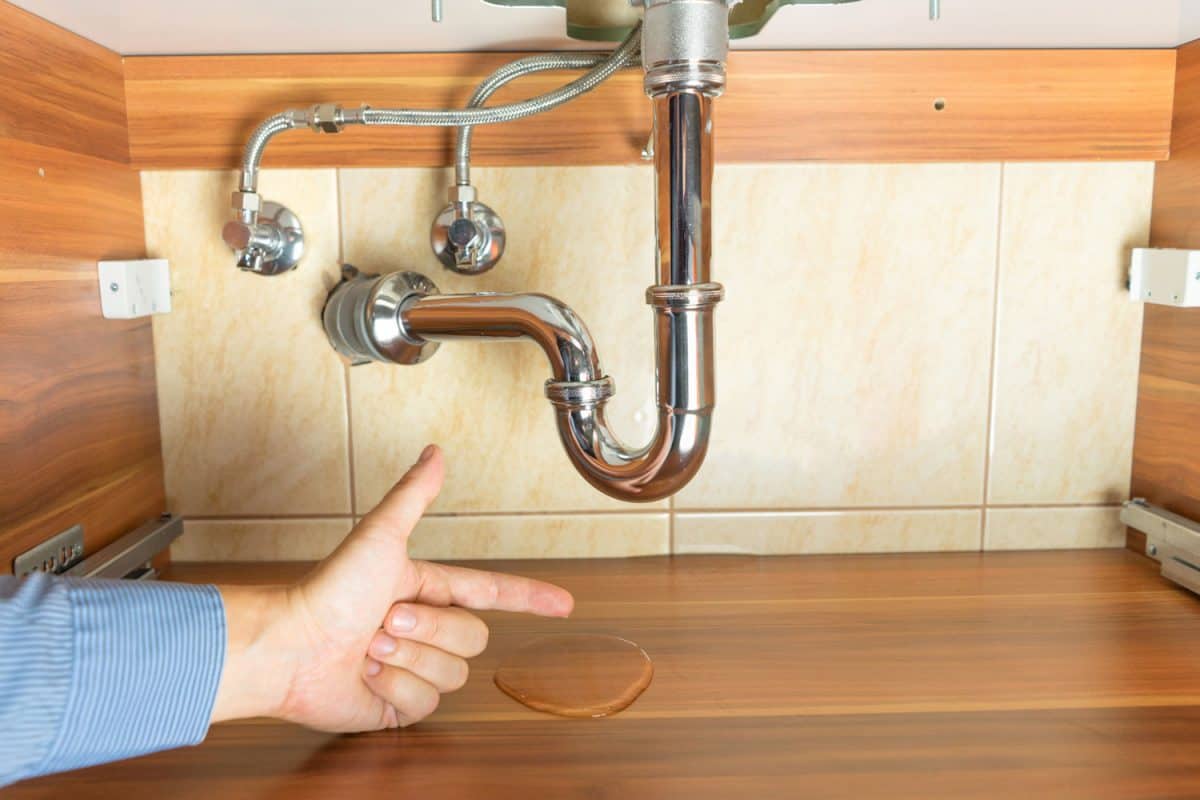
While there is no minimum for how low a P-trap can be installed, there is a maximum. According to the International Residential Code, do not install your P-trap any more than 24 inches below your drain.
As long as the attached trap arm running from the P-trap to the vent arm has a 1/4th inch slope directed towards the drain, there aren't any constrictions with how close the drain itself is to the P-trap.
In closing
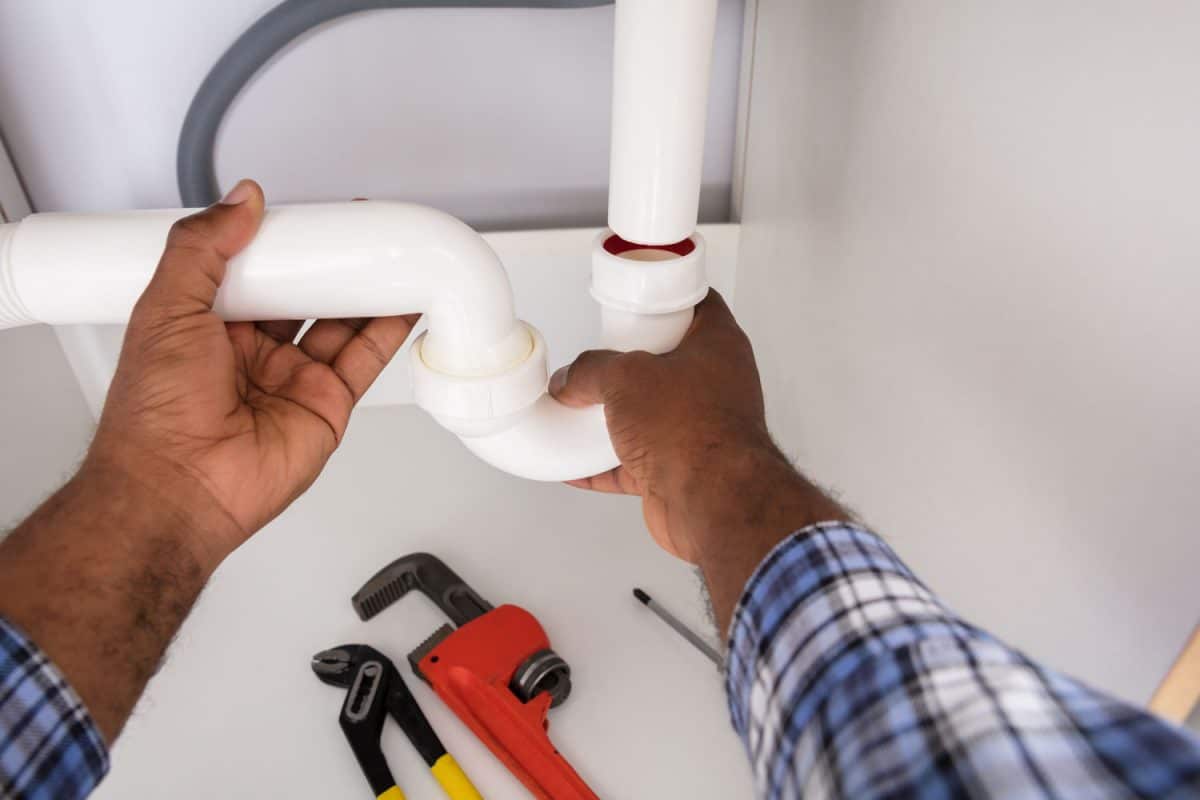
Plumbing is one of the most important parts of homeownership and keeping your house together. It often goes unnoticed and underappreciated how many things need to go into your pipes to keep them safe and functional.
The P-trap is an excellent example of a piece of piping that many people don't think much about until they learn just what it does for them.
We hope this article has informed you on the importance of P-traps, how to clean and inspect them safely, and where you need to have them. May your home be safe, clean, and with proper plumbing for as long as it stands.

